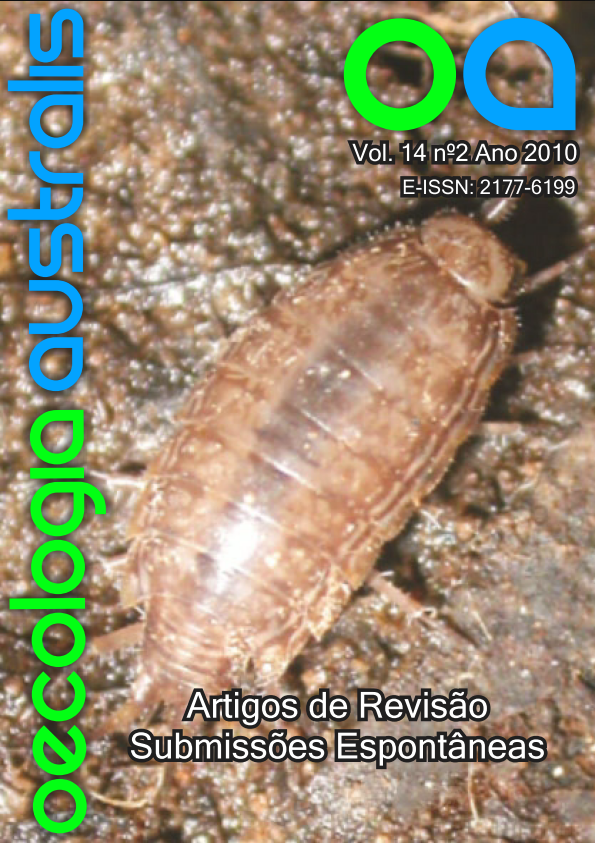ANALYSIS OF BACTERIAL ABUNDANCE IN THE STUDY OF MICROBIAL ECOLOGY OF MARINE SEDIMENTS
Keywords:
Deep sea bacteria, abundance, biomass, organic matter, detachment proceduresAbstract
Deep-sea ecosystems cover about 65% of the Earth's surface and play an important part in biomass production and biogeochemical cycles on a global scale. These processes are largely mediated by benthic prokaryotes which use organic detritus for biomass production and respiration. Therefore marine sediments are configured as important biological matrix and play a prominent role in the ecology of the system of the deep sea. Events that occur in this compartment as organic matter degradation profoundly affect the chemical composition of the ocean and atmosphere in geological time. Due to its importance and complexity, the system of deep sea and its associated microorganisms have been the object of numerous studies in the last 50 years, especially in the last decade. Bacterial abundance, biomass and metabolic activity are the parameters most commonly measured in the sediments. Several methodologies can be used in microbial activity analysis of sediments, including the amino acids labeled with 14C or ³H incorporation and the measurement of bacterial respiration. The biomass analysis often requires previous determination of bacterial abundance making it imperative that the quantification of sediment microorganisms is performed correctly. The separation of cells from sediment particles and their proper detachment are necessary for epifluorescence microscopy applications and flow cytometry analysis. The optimal use of extraction and analysis techniques and combined evaluation with other microbial parameters enable a greater understanding of the role played by prokaryotic organisms in world oceans.


